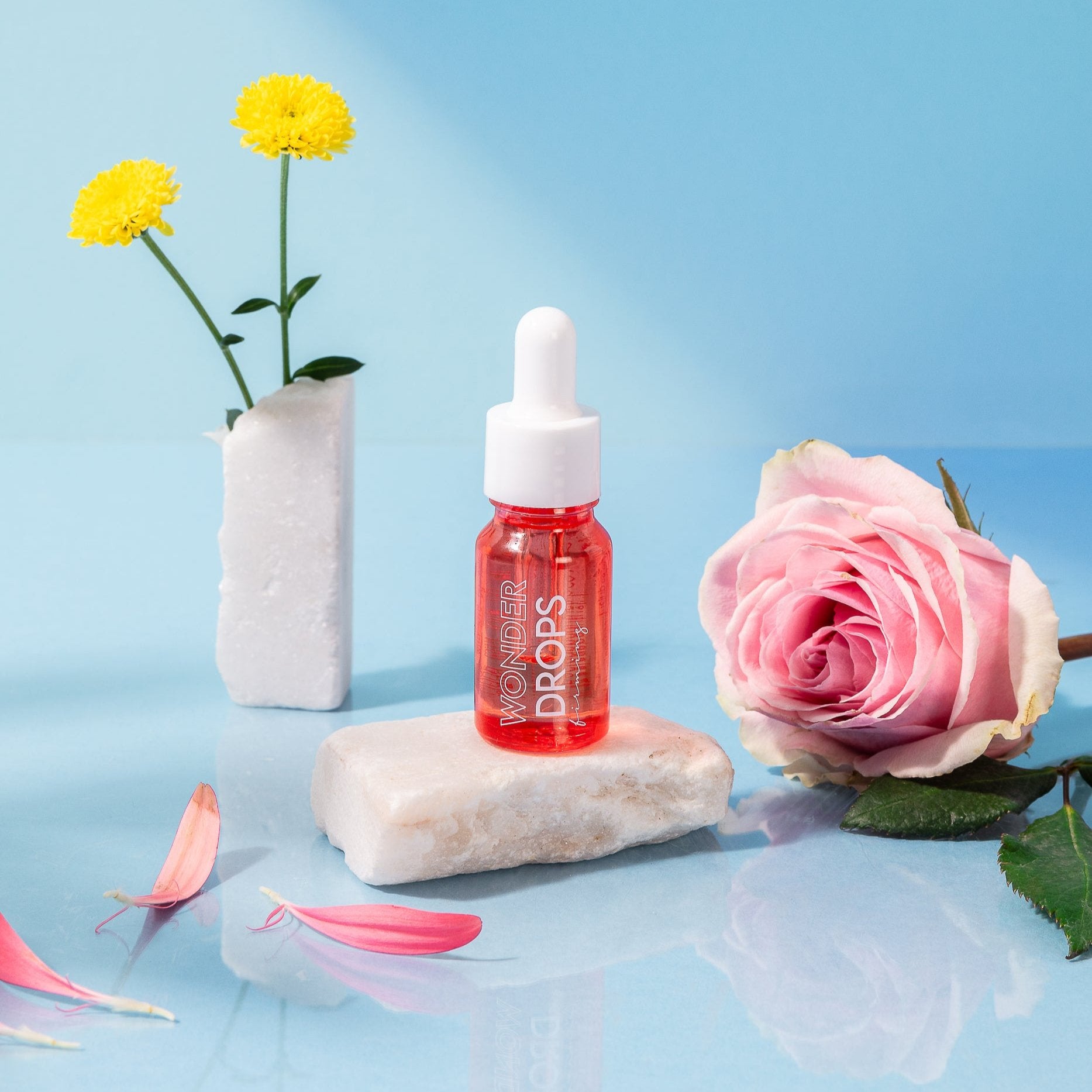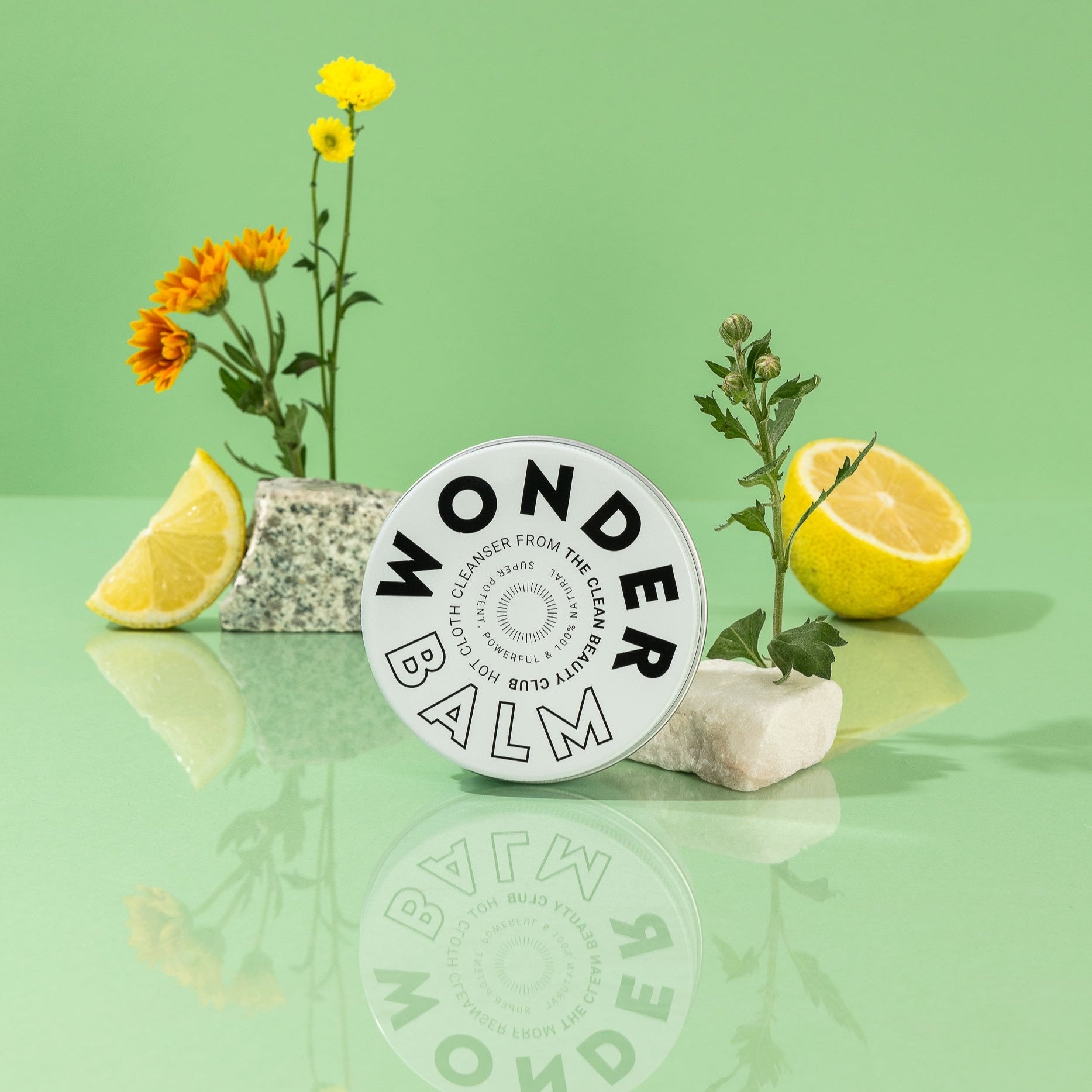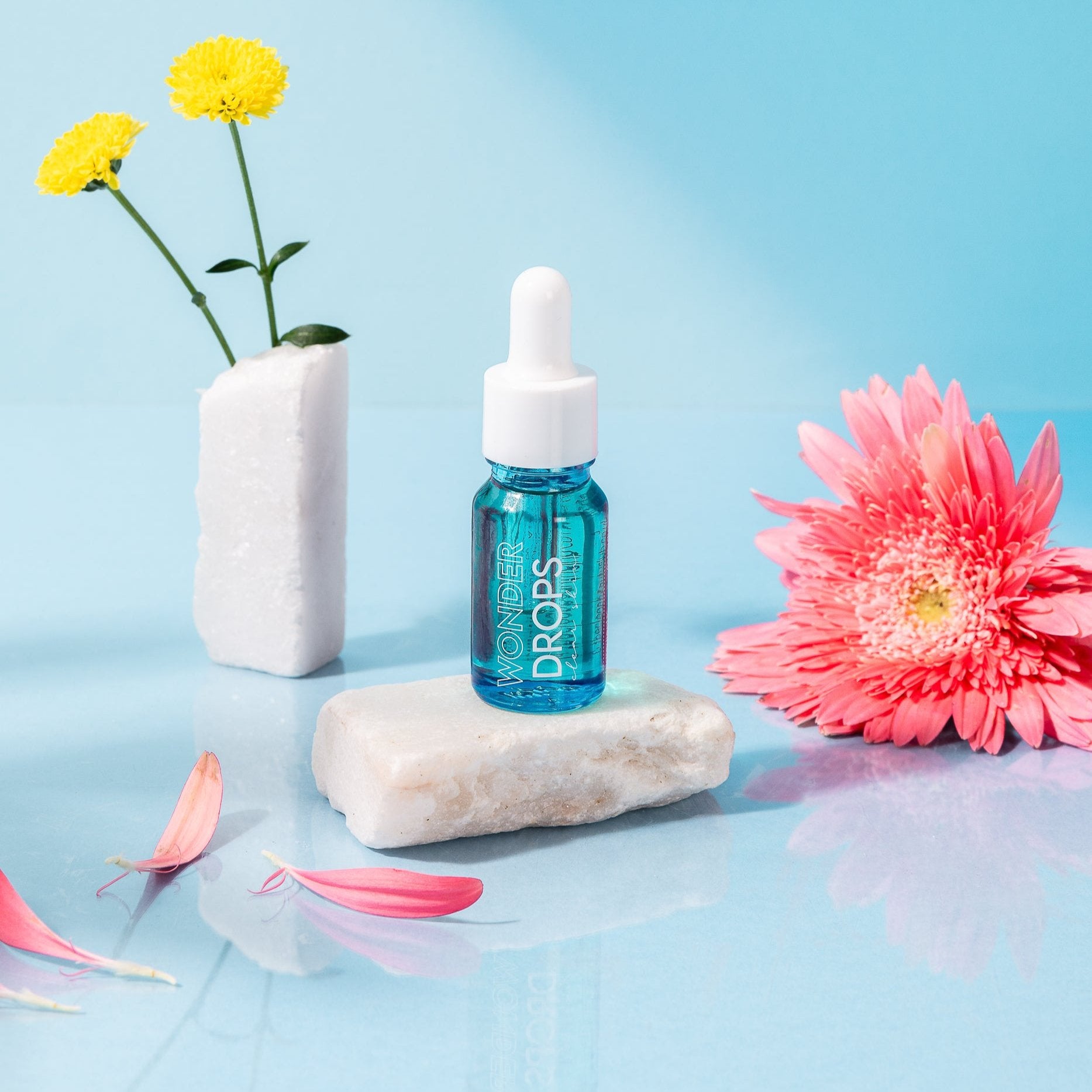So we started explaining how to read ingredients labels in our last blog post. We thought it would be a short one - but it didn't work out that way! There's so much interesting information though so we're splitting it up to be a bit more user friendly.
In this part we'll tell you a bit about ingredients you would be best to avoid.
First, anything ending in -paraben. Parabens are in so many products because they have a very important job to do. They stop the growth of fungus, bacteria & other dangerous microbes (which is excellent) and it drastically increases the shelf life of these products.
The problem is that parabens are known to disrupt hormone function which can be incredibly harmful and dangerous. Products generally contain parabens in absolutely tiny amounts but the problem is - they're everywhere. They're in toothpaste and shampoo and moisturiser and hand soap. In fact, they're in roughly 75% of cosmetics.
There are a few bits of good news.The U.K has banned the 5 most dangerous parabens from all use (which is very good news). The rest are very heavily regulated and only allowed in specific quantities.
The issue is the constant use of them in our lives. This leads to something called toxic load - where tiny amounts of a substance are allowed to build and build in our systems. When it is everywhere, it is almost impossible to avoid it and so reduction is key.
Where they are not needed - the advice is to avoid them. Where it is possible to swap them out - do so.
That leads us to the need for other preservatives in cosmetics and skin care. In fact, preservatives everywhere. Because preservatives are everywhere.
When we look at our food, our cosmetics, our air, our medicines - we are surrounded by chemicals we don't understand and we don't choose.
Lots of these chemicals build up and stay in our bodies. Preservatives are in products for a reason - but that reason is not to benefit your skin. The reason is only to keep the product from spoiling as it sits on a shop shelf/your bathroom for a long time. For big companies that's so completely necessary. They just can't get the product to you in time for you to use it. They have to package it ship it and store it and ship it again. It sits on a shop shelf until you buy it. Then we leave it in our wash bags for even longer!
The point is, the desire for products to last a long time comes with a price. It's a price most of us are willing to pay for the products we love, but it should at least be a price we know we're paying.
Think about all the products you have used today / all the food you have eaten / all the medicines you have taken. The job of the preservative is to kill bacteria before it is allowed to grow. But preservatives aren't always smart and they don't often discriminate. Bacteria is everywhere and it serves a purpose too. We don't want to take a flame thrower to everything that is alive just because we want things to last a bit longer. Antibiotics are incredible - but we've seen the damage constant overuse has done. Preservatives too are incredible - when we choose carefully what we want to preserve.
We'll stop now what seems very much like a telling off - but it truly isn't. We're not living our lives eating macrobiotic diets with a side of kale smoothie every day. We take medicine and eat unhealthy food and do all the lovely fun things that everyone enjoys. We are starting to see though just how much of life can (at times) feel out of control. and how making small changes can really make a big difference.
Check those labels. And if the shelf life seems too good to be true...it probably is ❤️












